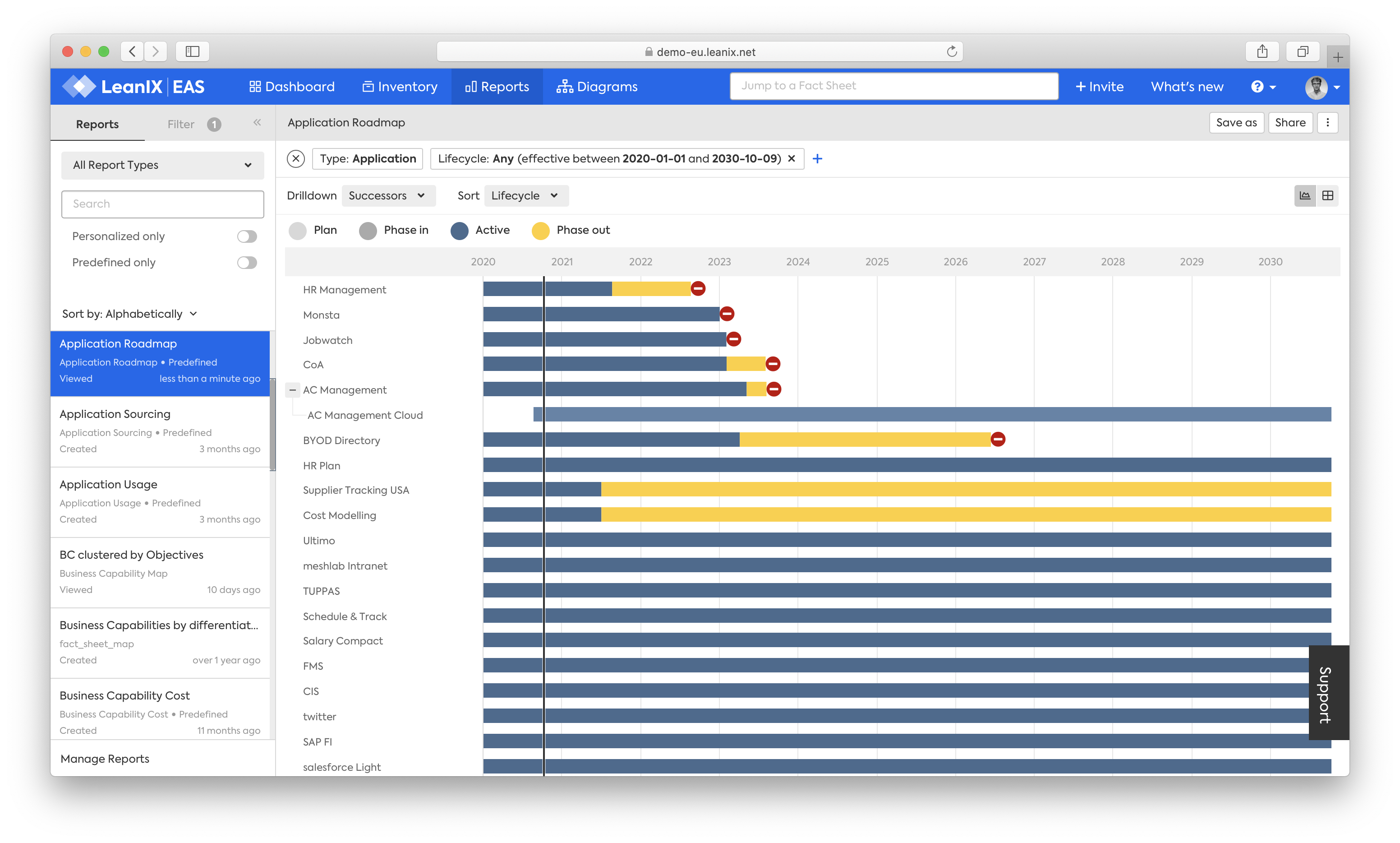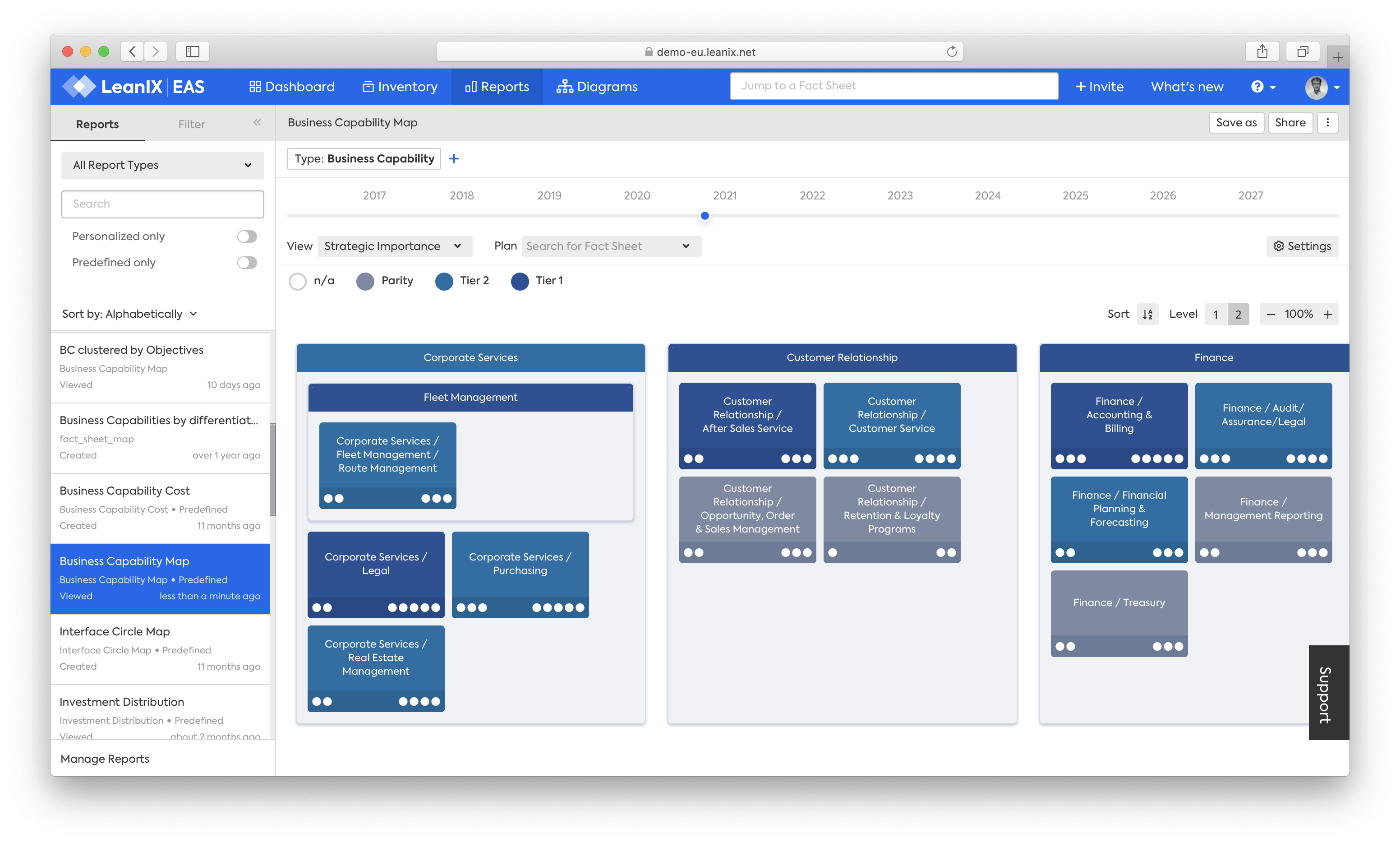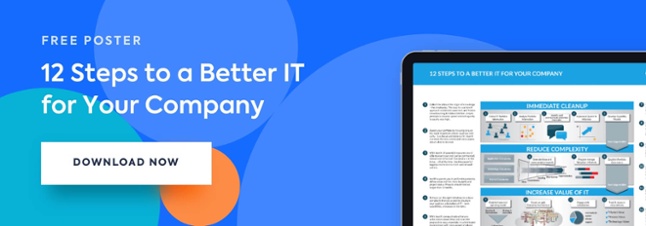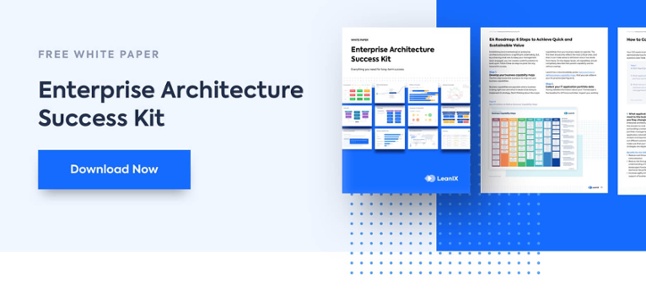
"Mergers & Acquisitions" (M&A) is an umbrella term for transactions in which ownership of companies is transferred or combined. This includes mergers, corporate buyouts and transfers of business. Mergers and acquisitions allow companies to grow, shrink, change their business model or boost their competitive position.
There are many reasons why one company might want to take over another. Maybe a company's assets attract the interest of another firm, or it wants access to the other company's customers. When two companies merge, there are always business and technology issues to be considered. To avoid adverse effects on business operations, the normal processes and support services must be maintained during the transition period. At the same time, IT landscapes have to be combined and all business processes integrated.
Marry in haste, repent at leisure
Mergers frequently cause conflict especially in IT departments, as each side considers its systems and processes to be superior. M&A often fail because the involved organizations are incapable of successfully integrating with each other, or due to operational issues and inability to produce the expected synergies. A survey conducted by Deloitte found that almost 30% of surveyed managers said their post-merger integration fell short of expectations. But despite the significant challenges and risks, 2015 was a record year for M&A: around 4.7 trillion US dollars were spent on deals, and the figure for 2016 is expected to be even higher.
Enterprise architecture (EA) analyzes and documents a company in its current and future state from a strategic, business and technology perspective. EA is thus ideally placed to lead M&A to success despite the obstacles. At a strategic level, EA helps align everything to the company's operating model, strategy and goals. It guides business and IT transformation by keeping the focus on business (What are our core business competencies? How good are we at doing what we do?). On the business side, an EA strategy can help link the processes of the merging organizations to other organizational attributes (e.g. systems, processes, skills, security, policies, data). For business data, enterprise architecture defines information models that include new and existing business processes as well as necessary connections to new and existing data sources. At the application level, an EA strategy ensures the smallest possible overlap between information systems, thereby creating a basis for a comprehensive set of applications that work well together, are easily integratable, and don't produce duplicate functionalities or results.
Consolidating two IT landscapes
Companies whose IT architecture is already in the best possible shape before a merger have been shown to be far more successful in integrating other companies, according to McKinsey. Without a central repository, IT information remains siloed. This is not a good starting point for a successful M&A scenario. An EA tool containing a repository of current and clean data for all technologies and systems, including applications, processes, and user groups, should be introduced when performing the merger, if not before. When the buyer company has its own IT architecture in order, it can easily integrate the IT of the purchased company. Oracle for example consolidated over 70 internal systems into a single ERP system between 1999 and 2004, saving over one billion US dollars in the process. This additionally gave Oracle a platform that enabled the company to conclude over 50 M&A deals between 2005 and 2009. Today Oracle can successfully integrate most of its new acquisitions within six months.
Application roadmaps point the way to integration

It is crucial for an M&A project to have a roadmap to guide its progress from start to finish. Roadmaps can be an effective way to quickly assess the application landscape and accelerate integration. Application roadmaps are also an effective basis for communicating within the company to ensure that everyone is informed of the migration plans for the integration process.
Business capability maps

During an M&A situation, the business capabilities of both the buyer and the target company have to be assessed for differentiation, criticality and complexity of change. Companies are frequently bought precisely for their differing capabilities, and these should of course be put to effective use as soon as possible. Back-office functionalities should be checked for redundancies and consolidated as quickly as possible. The technologies and applications in both companies can then be assessed in terms of their value to the business based on business priorities. An effective enterprise architecture strategy can help successfully rationalize systems to ensure that mergers generate real synergies and savings.




/EN/Reports/Thumbnail-Obsolescence-Gartner.png?width=140&height=100&name=Thumbnail-Obsolescence-Gartner.png)
/EN/White-Paper/EN-IDC-Inforbrief-Application-Rationalization-Portfolio-Management-Thumbnail_v2.png?width=140&height=99&name=EN-IDC-Inforbrief-Application-Rationalization-Portfolio-Management-Thumbnail_v2.png)
